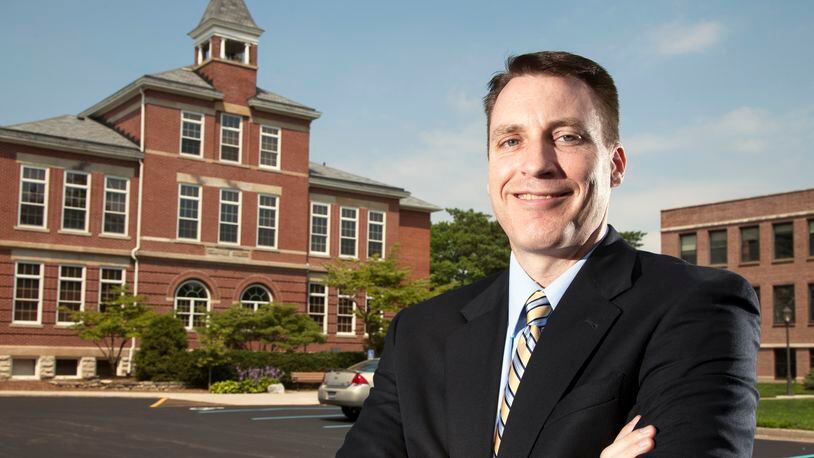Cedarville University will not raise tuition for the next school year — the first time the private, Baptist school has frozen costs since 1973, President Thomas White announced.
The annual sticker price for tuition will remain $26,220. Room and board will increase $600 total to $6,350, said spokesman Mark Weinstein.
The decision follows the lowest tuition increase in the school’s history that took effect this year of 2.8 percent.
White, who took office July 1, said the freeze is part of a strategy to control expenses for students and keep Cedarville accessible. A record 3,459 students are enrolled this semester, the university announced.
“As I have studied the rising cost of higher education, I have become increasingly concerned that a Christian university like Cedarville may be becoming less of an option because of cost,” White said in a news release. “I see students graduating with higher debt, and this could limit their ability to fulfill the God-given calling placed on their lives. I am committed to a long-term strategy that keeps Cedarville affordable for families.”
Most Cedarville students do not pay sticker price, with about 98 percent of new students receiving financial aid. The average amount is $17,526 from the university, state and federal government and student loans. Cedarville offers $21.7 million in student financial aid, according to the university.
Ohio Board of Regents Chancellor John Carey applauded Cedarville for freezing tuition.
“This shows that Cedarville recognizes the importance of keeping a college education affordable, and it demonstrates a commitment to Ohio’s students,” he said in the news release. “I am proud to have Cedarville as a higher education partner because their efforts are important to achieving the goal of having 60 percent of Ohioans with a post-secondary degree or certificate by 2020.”
The average Cedarville graduate in 2011 had $27,279 in student loan debt, which is less than the state average of $28,683, according to the Project on Student Debt. The university’s student loan default rate was just 1.7 percent in 2009, according to the US Department of Education. The national default rate was 11.8 percent in 2007, according to FinAid.org.
About the Author
